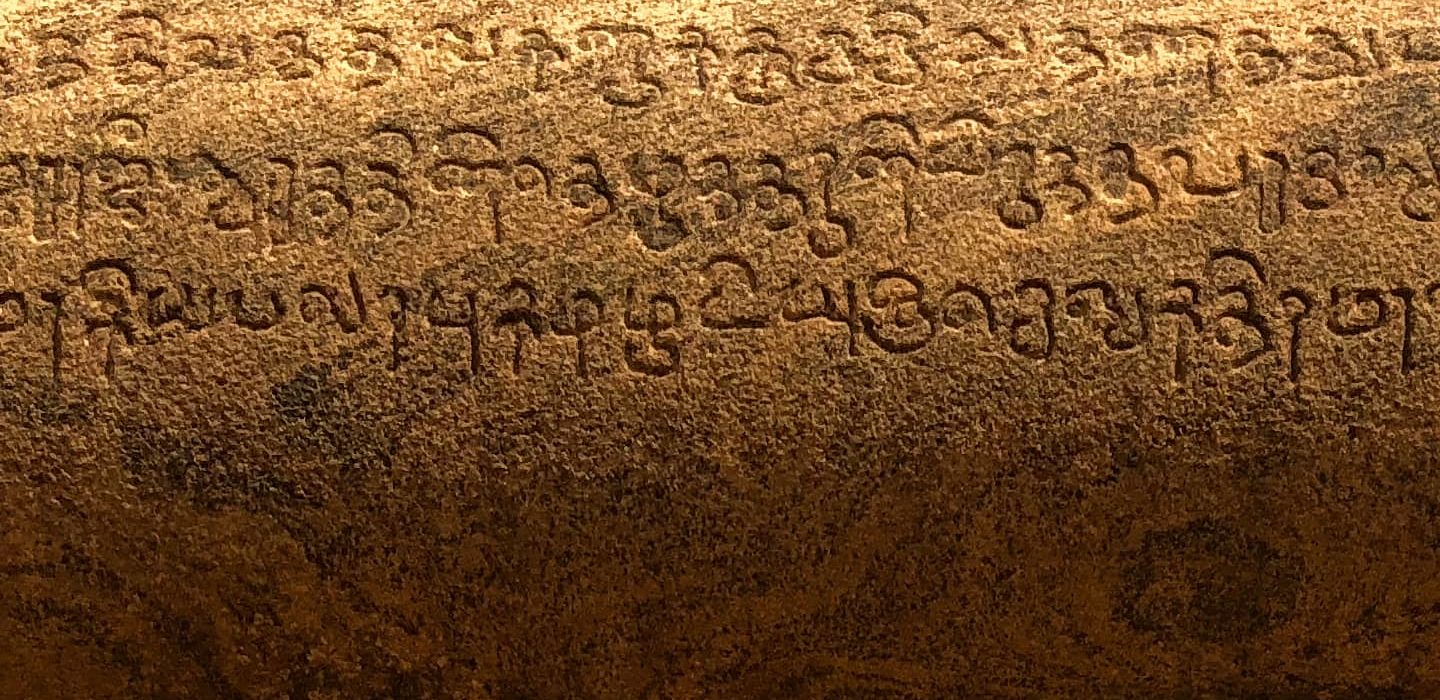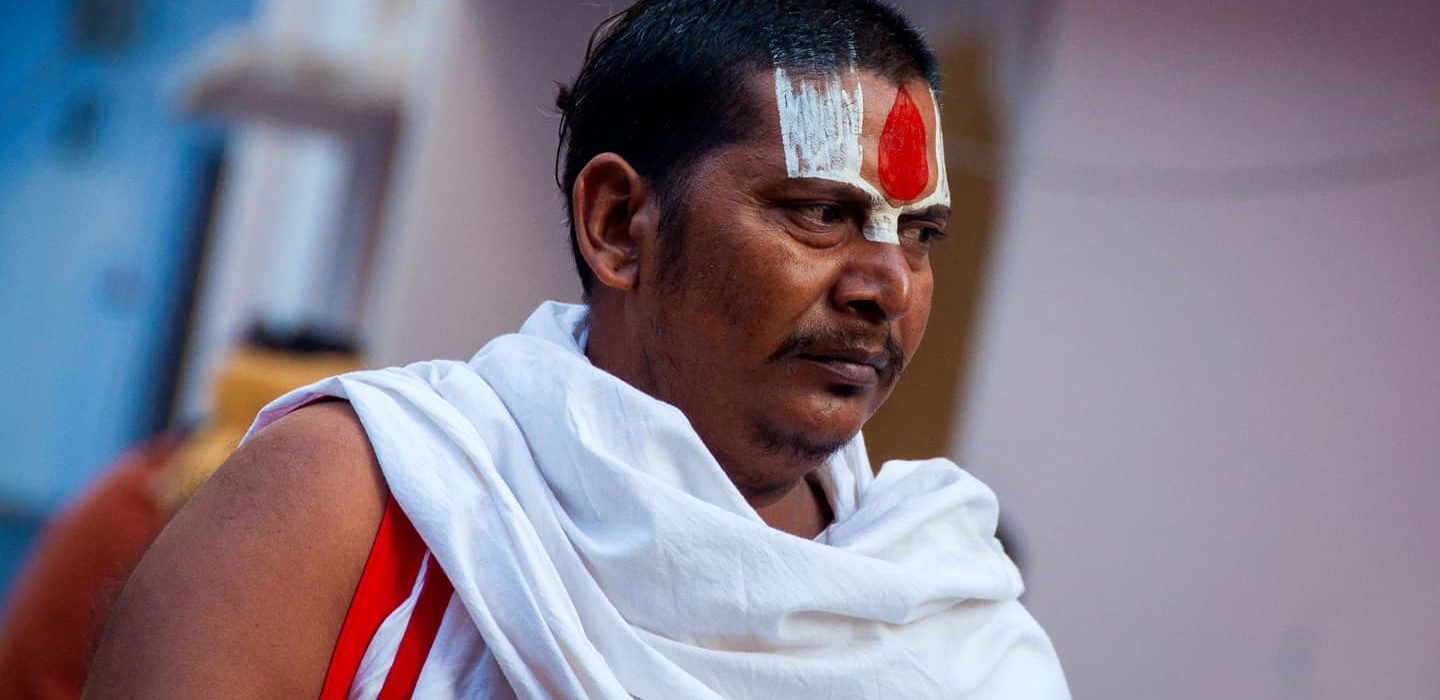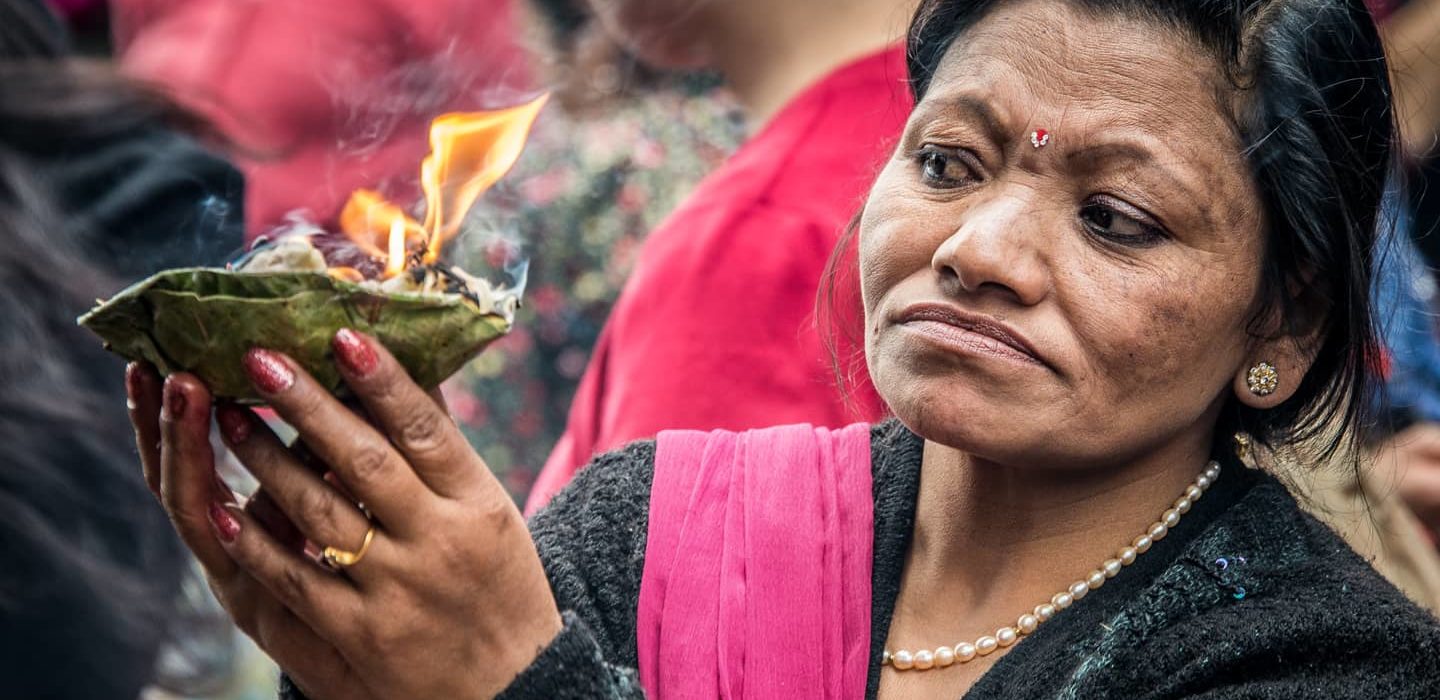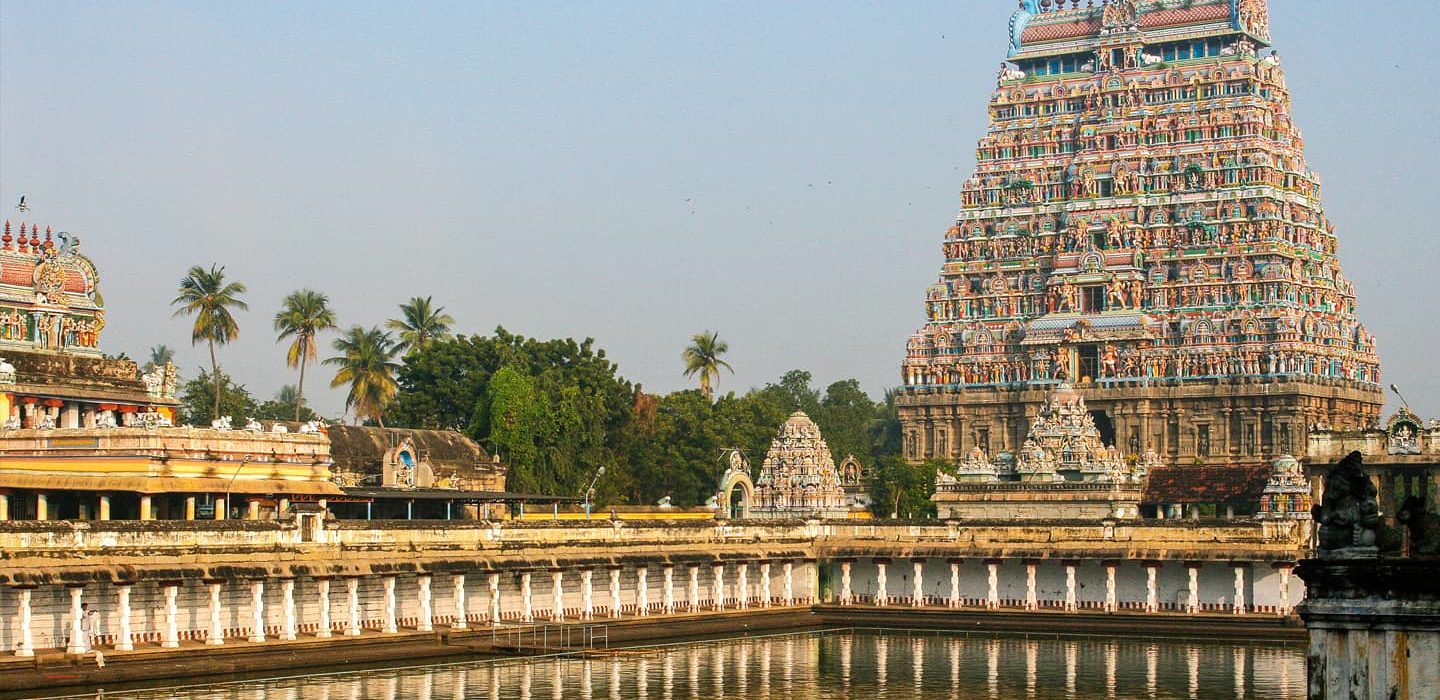
Hinduism
A peek into the world’s oldest religion
The Hindu Spiritual Path
A basic introduction into the religion
Siva Ashram is a celebration of Hindu philosophy, tradition, and culture, bringing to this part of the world a glimpse into the world’s oldest religion. Siva Ashram is also a celebration of Hindu diaspora in that the gardens share how this religion has been adopted in countries such as Indonesia, Cambodia, Sri Lanka, Thailand and more.
Hinduism is a vast religion that has morphed in many ways over millennia. To cover its breadth would be an impossible task so this page attempts to give you a very brief introduction into the world’s oldest religion.

The Philosophy
Hinduism is vast in its beliefs but most Hindus would concur on the following basic beliefs that form the foundation of the faith.
Basic Beliefs of Hinduism
Fundamental beliefs of Hinduism that will give you an insights into what makes up the core philosophy of this faith.
Hindus believe in a one, loving, all-pervasive Supreme Being. Contrary to popular belief that Hindus have many Gods, Hinduism is actually mono theistic.
Hindus believe that divine beings, devas (angels) and mahadevas (great angels), exist in inner worlds — these devas and mahadevas are often referred to as gods creating confusion that Hinduism has more than one God.
Hindus believe that the Vedas and Agamas are the core scriptures of Hinduism. The Agamas are the primary source and authority for ritual, yoga and temple construction. The Vedas are Hinduism’s most authoritative scripture.
Hindus believe in karma, the law of cause and effect — each individual creates his own destiny by his thoughts, words and deeds
Hindus believe in reincarnation, the cycle of birth and death — Hindus believe that a soul lives in a physical body and when the physical body dies the soul moves on to the astral world where it continues to learn and grow until it is time to reincarnate again on the physical plane. This process continues until moksha, liberation from rebirth, is attained and the soul no longer returns to the physical plane. The soul then continues to evolve in the inner worlds till it finally merges with God.
Hindus believe in in ahimsa, non-violence in thought, word and deed — all life is sacred and this belief encourages Hindus to be vegetarians
Hinduism’s Core Scriptures
The Vedas and the Agamas
The four Vedas (Rig, Yajur, Sama and Atharva), the world’s most ancient scriptures, are the source of philosophy and systems of worship.
The 28 Agamas are the primary source and authority for ritual, yoga and temple construction.
The Puranas (ancient lore) are Hindu folk narratives that make up most of the stories and beliefs that people are familiar with about Hinduism. Unfortunately, many of these stories and beliefs do not align with the core Hindu beliefs from the Vedas and Agamas.
The Four Sects of Hinduism
These are Saiva, Shakta, Vaishnava and Smarta. All sects subscribe to the major beliefs of Hinduism. Though they share many common core beliefs, they differ in many ways — most notably what happens to the soul at the end of its evolution.
In the Saivite sect, the supreme God is referred to as Siva or Shiva. In the Shakta sect, the supreme God is in the form of a Goddess called Shakti. Other names that refer to this supreme being are Durga, Raja Rajeswari, Meenakshi, etc. In the Vaishnavite sect, the supreme God is Vishnu, often referred to as Krishna. In the Smarta sect, it is left to the devotee to choose his deity.
You can often identify which sect a Hindu belongs to by the markings on the forehead.
Hinduism's Two Paths
Monastic and Householder
Hinduism clearly defines two distinct life paths that people can pursue and these are the Monastic and Householder path. Most Hindus follow the Householder path and those that embark on the Monastic path often do so early in life or in the later stages of life. Here’s a brief description of each of these paths.
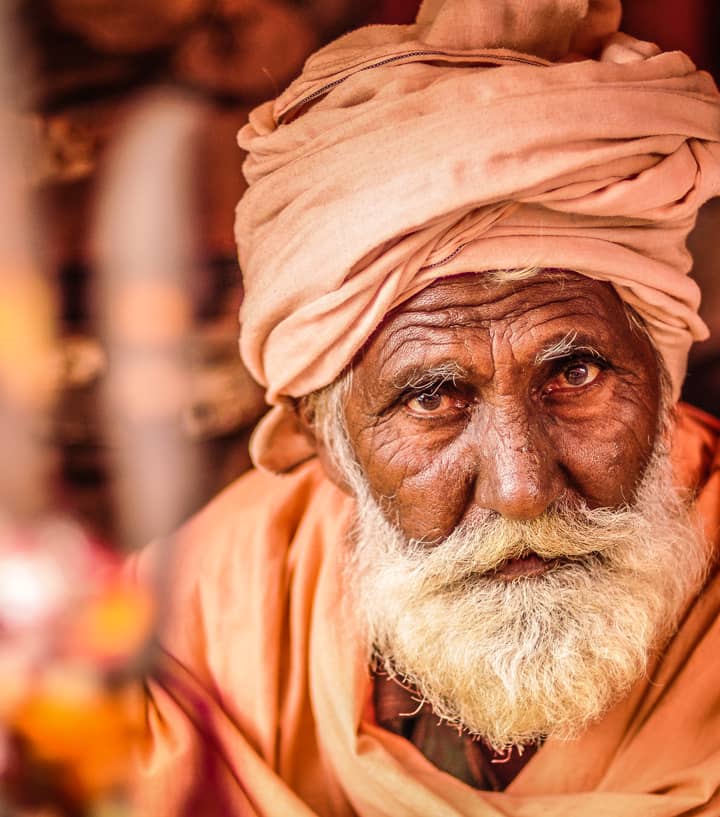
Monastic
Celibate man or woman wholly dedicated to religious life as a cenobitic (residing with others in a monastery) or anchoritic (living alone as a hermit or mendicant) referred to as a sadhu in Sanskrit.
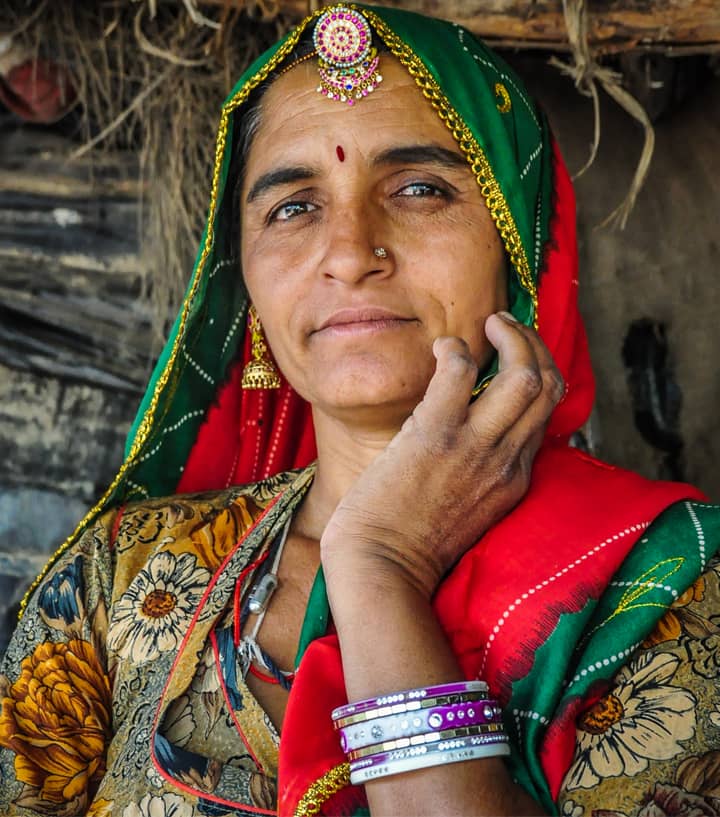
Householder
Family man or woman, pertaining to family life. Four goals of a householder’s life are artha (wealth), kama (pleasure, love, enjoyment), dharma (righteous living) and moksha (liberation).
“Siva is the God of love and nothing else but love. He fills this universe with love. He fills you with love. Siva is fire. Siva is earth. Siva is air. Siva is water. Siva is ether.”
~ Gurudeva Subramuniyaswami


